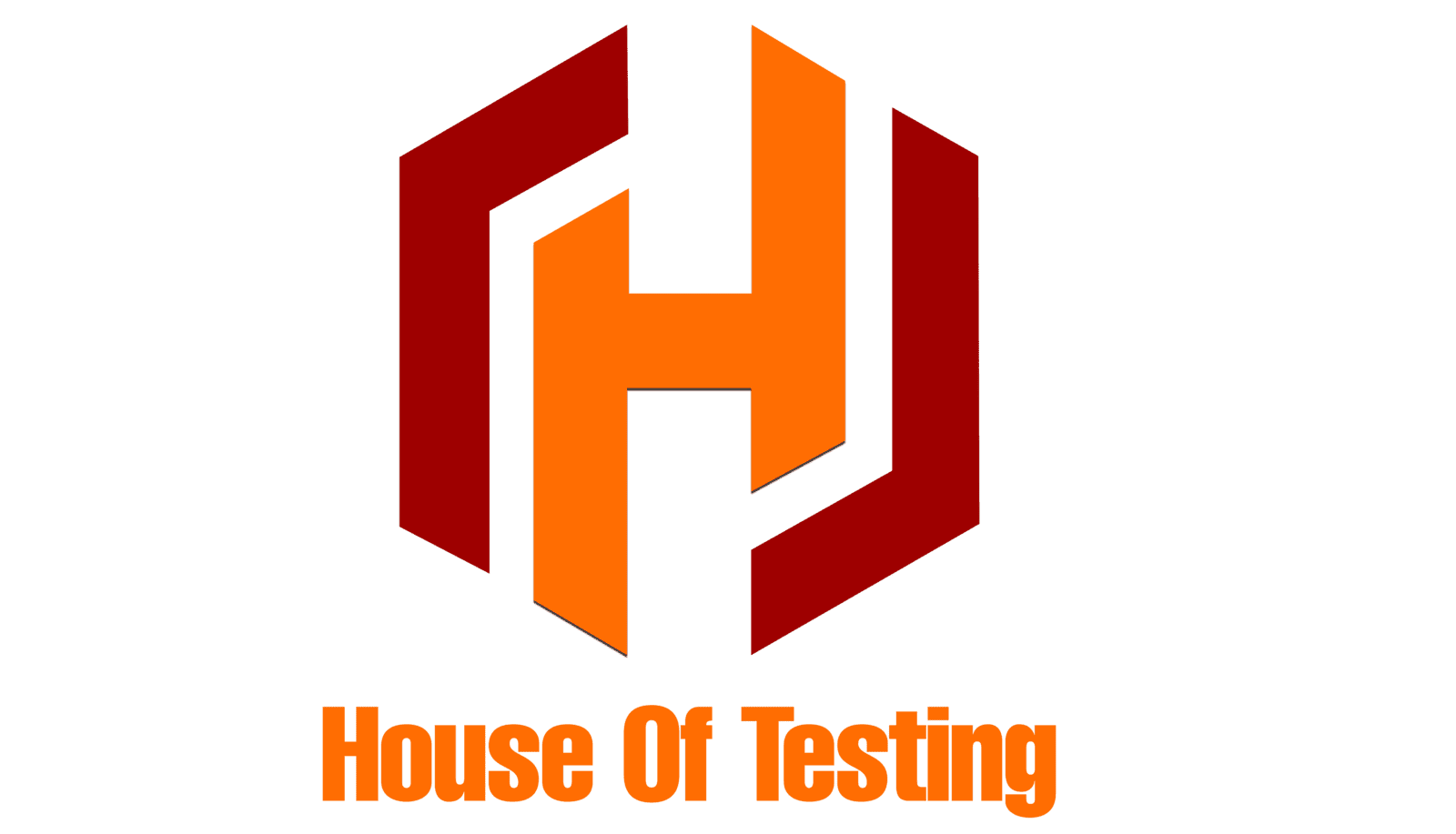Safety of LED Lights & Luminaries
Scopes & Testing
Safety of LED Lights & Luminaries
Safety of LED Lights & Luminaries
Testing the safety of LED lights and luminaires is a critical step in ensuring that these products meet relevant safety standards and pose no hazards to users or the environment. Various tests are conducted during the development and manufacturing process to assess the safety and reliability of LED lighting products. Some of the key safety tests for LED lights and luminaires include:
- 1) Electrical Safety Testing: This involves testing the electrical components and insulation to ensure that the LED lights can withstand electrical stress and do not pose a risk of electric shock or fire. Common electrical safety tests include dielectric strength testing, insulation resistance testing, and leakage current testing.
- 2) Heat Dissipation Testing: LED lights generate heat during operation, and proper heat dissipation is crucial for their performance and safety. Heat dissipation testing evaluates the ability of the luminaire to dissipate heat and ensures that it operates within safe temperature limits.
- 3) Ingress Protection (IP) Testing: IP testing assesses the ability of the luminaire to protect against the ingress of solid particles (e.g., dust) and liquid (e.g., water). This testing ensures that the luminaire is suitable for its intended environment and application.
- 4) Photobiological Safety Testing: LED lights emit different wavelengths of light, including blue light, which can have potential health effects if exposure is excessive. Photobiological safety testing evaluates the risk of eye damage and other health concerns related to LED light exposure.
- 5) Electromagnetic Compatibility (EMC) Testing: EMC testing ensures that LED luminaires do not cause electromagnetic interference that could disrupt other electronic devices or communication systems. It also ensures that the luminaire is immune to external interference.
- 6) Mechanical Testing: This involves subjecting the luminaire to mechanical stress and impact tests to assess its structural integrity and resistance to physical damage.
- 7) Environmental Testing: Environmental tests evaluate the luminaire's performance under different environmental conditions, such as temperature, humidity, and vibration, to ensure it can withstand real-world scenarios.
- 8) Overcurrent and Overload Testing: LED luminaires should be tested for their ability to handle overcurrent and overload conditions without presenting safety risks.
- 9) Endurance Testing: This involves subjecting the LED luminaire to extended operating hours to assess its performance and reliability over time.
- 10) Electrical Safety Compliance: Ensuring that LED luminaires comply with relevant safety standards, such as UL (Underwriters Laboratories) or IEC (International Electrotechnical Commission) safety standards, is essential for market acceptance and safety assurance.
It's important to note that different regions and applications might have specific safety standards and regulations that LED lights and luminaires must meet. Manufacturers typically perform a combination of these tests during the design and production phases to verify the safety of their LED lighting products before they reach the market.
House of Testing being an accredited certification body, provide additional confidence in the safety of LED lights and luminaires. Call us now to know more!





